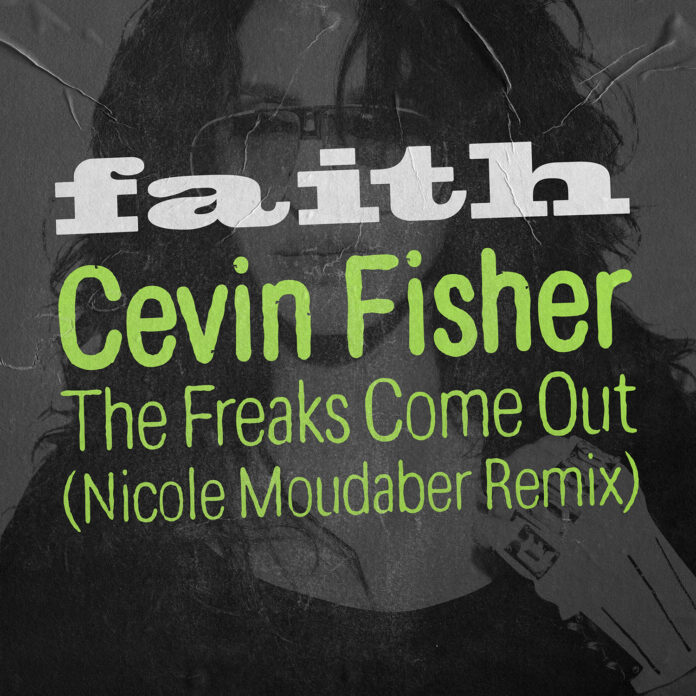Fruits Basket (2001) is a loose adaptation of the original shojo manga by Natsuki Takaya. The story is about a high school student named Tohru Honda who comes to live in the Sohma household after an unfortunate turn of events in her life. While living there, Tohru discovers the Sohma family curse -- but she must keep it a secret or she will lose her memories, room and board.
20 years later, the 2001 Fruits Basket still gets its share of criticism for not being faithful to its source material. At the time, however, the manga was still being published, so the anime made changes to make its storyline coherent. Here are three significant plot changes between the Fruits Basket (2001) anime and the manga series that greatly influenced the overall narrative in an impactful way.
Tohru Honda's Childhood Memory of the Baseball Cap
In the Fruits Basket manga, Tohru remembers a time when she got lost in her neighborhood after being chased by some boys. A little boy saw her and helped her find her way home. As a token to remember him, he gives his baseball cap to Tohru, and she has kept it ever since. Tohru hopes to meet him again one day to thank him but doubts that he will remember her. She later admits this boy was her first love.
The Fruits Basket 2019 reboot includes the baseball cap memory, but it doesn't appear in the 2001 version. The cap connects Tohru, Yuki Sohma, and Kyo Sohma’s past, symbolizing how they were fated to cross paths. However, eliminating this backstory prevented further character development among the three main protagonists, lacking a major reason why the audience should care about them.
Fruits Basket (2001) sets up their encounter as an unfortunate living situation rather than any fated circumstance. The elimination of the baseball cap also prevents viewers from knowing more about the Sohma family’s connection to Tohru’s mother, Kyoko.
Kyo Sohma’s True Zodiac Form
When Kyo’s martial arts master and father figure, Kazuma Sohma, visits Shigure’s home, he decides to remove his student's protective bead bracelet because he wants to see if Tohru is capable of accepting Kyo for who he truly is. When Kazuma takes the beads, Kyo transforms into the original form of the cat — a hideous and rotting creature — right in front of Tohru. Kyo runs away but Tohru chases after him, expressing that although she’s scared, she still sees him as Kyo.
The 2001 Fruits Basket anime included a few additional scenes about Kyo’s original form. When Tohru encounters Akito in the forest, he taunts her for trying to “save” the Sohma family from the curse. Shigure finds them and apologizes to Tohru for having to find out Kyo’s secret in this manner. Tohru then runs away to her mother’s grave, and her friends, Arisa Uotani and Saki Hanajima see her in discomfort. Hanajima uses her psychic powers and tells Tohru she must comfort Kyo. When Tohru encounters him later, Yuki is there to hold Kyo down and prevent him from running away so he can hear what she has to say.
These additional scenes tried to conclude the 26-episode series in a coherent manner. While Uotani and Hanajima being at Tohru’s mother's grave seems unnecessary, it catalyzes Tohru to find the strength in confronting Kyo. However, this additional scene felt more like a cop-out because, throughout Fruits Basket, Tohru always sees the good in people without needing others' help.
Lastly, Yuki preventing Kyo from running away transforms the entire scene from an intimate, romantic moment between Tohru and Kyo into a story about the three of them building a stronger friendship. Yuki being there to help Kyo is his way of making amends. It is debatable whether these additions were the best route to take to make Kyo's true form revelation dramatic and conclusive. Regardless, Fruits Basket (2001) needed an ending that satisfied all viewers, whether they'd read the manga or not.
The Twisted Characterization of Akito Sohma
Since the Fruits Basket manga wasn’t finished when the original series was airing, Akito Sohma remained shrouded in mystery. In the 2001 anime, Akito’s gender is inconspicuous. Akito was portrayed as male in the anime, but it was later revealed in the manga that Akito is female. Unfortunately, the 2001 anime didn't explore Akito’s gender in detail. Fruits Basket is a pivotal series when it comes to gender-bending because it influenced other gender-nonconforming series such as Ouran High School Host Club. Thus, the exploration of Akito’s gender would have further pushed the importance of gender nonconforming.
Furthermore, Akito’s character was crafted as the antagonist at the end of Fruits Basket 2001. In the last episode, “Let’s Go Home,” Tohru asks Shigure if she can visit Akito. Shigure warns that Akito is weak and has little time left to live. When they do meet, Akito grabs her hair. Tohru feels sympathetic and tries to convey that Akito should enjoy life rather than worrying about the curse. Akito soon realizes Tohru willfully accepts the Sohma family's curse, and the story ends with Tohru enjoying her time at Shigure’s home.
The ending of the series is ambiguous and leaves the audience with so many questions. It's unclear whether or not Akito truly accepts Tohru, and if Akito will continue to torment Yuki, Kyo and the other Sohma family members. However, one thing is certain: the Sohmas are still haunted by the curse. Yet the ending gives a glimmer of hope that things will turn out okay for Tohru and the Sohma family.
The 2001 Fruits Basket is quite different from the manga, but that’s partially due to the latter not being fully completed at the time. Thus, the anime had to fill in some gaps. Even so, the show did successfully grab the audience's attention. 20 years after its initial airing, Fruits Basket (2001) is still viewed as a great introduction to the manga series by providing a fun slice-of-life comedy about family and friendship.
About The Author

